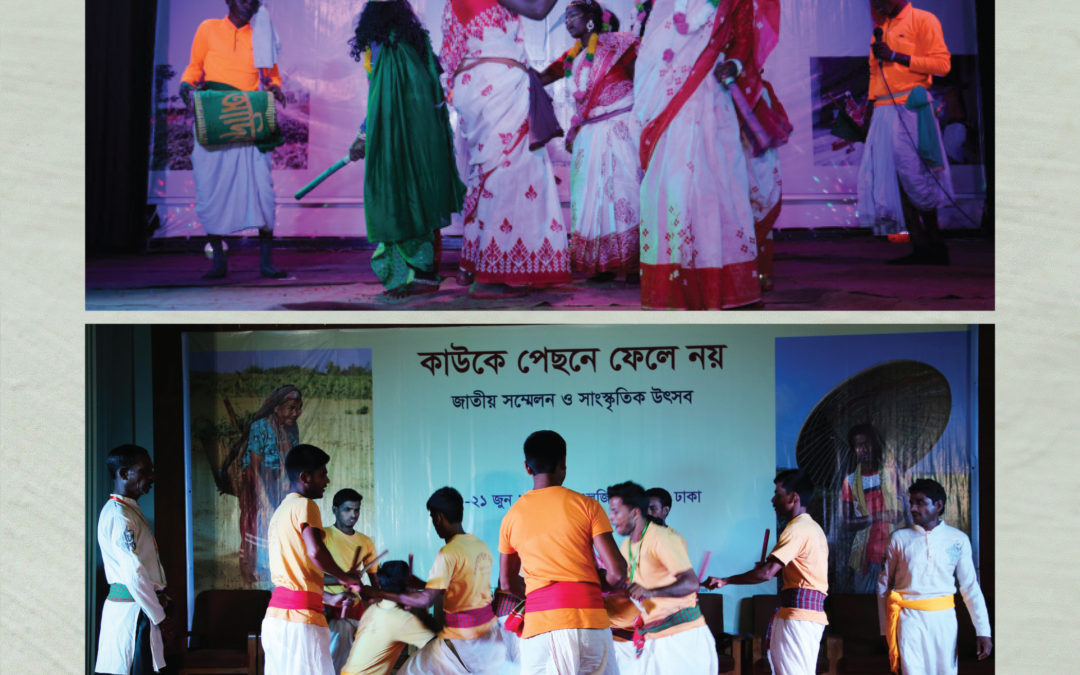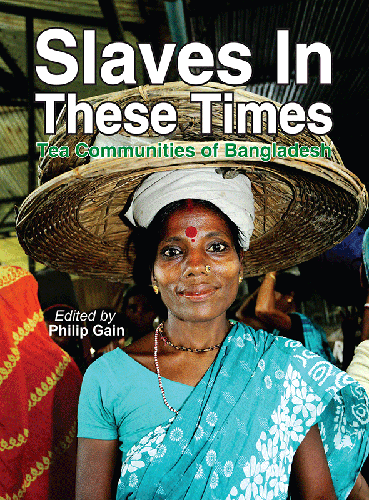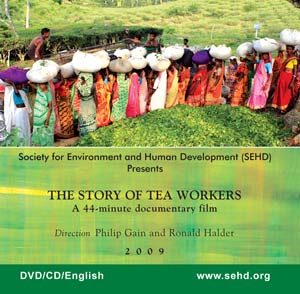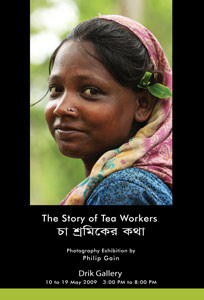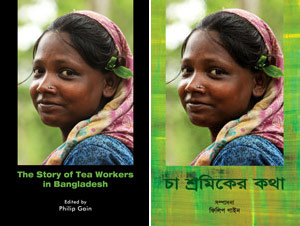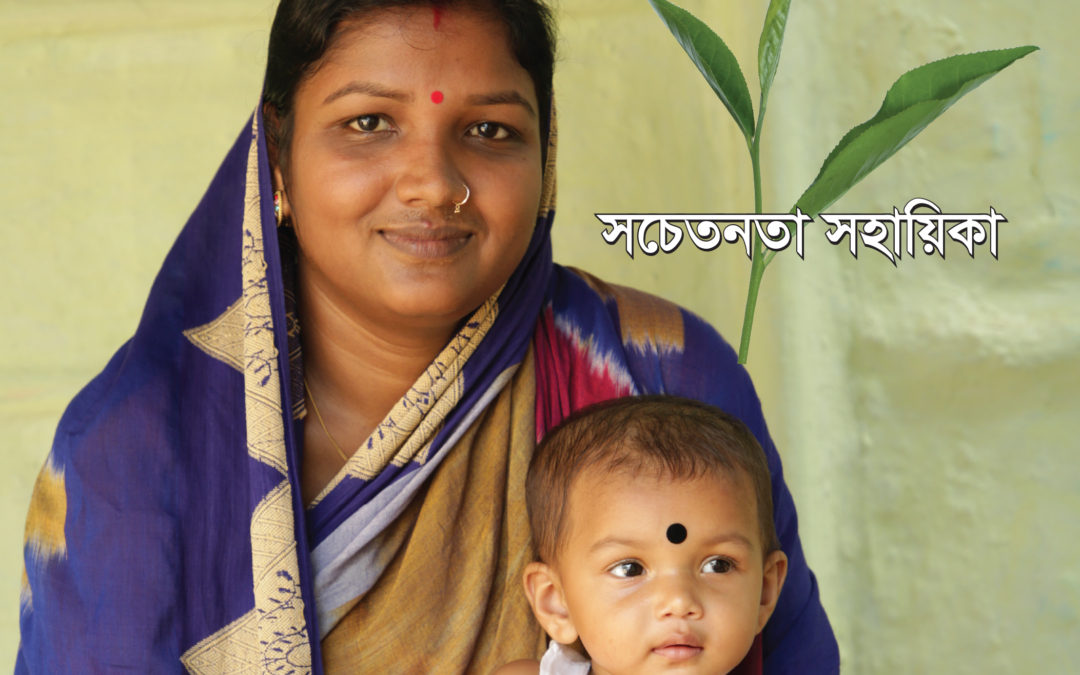
Mayer Shushasthya Mayer Shuraksha: Cha Bagane Jouna o Prajanan Shasthya Adhikar ebong Paribar Parikalpana
Shachetanata Shahayika
By Philip Gain and James Sujit Malo
Published by Society for Environment and Human Development (SEHD)
Published 2019, Bangla, 40 pages (full colour)
Mayer Shushasthya Mayer Shuraksha: Cha Bagane Jouna O Prajanan Shasthya Adhikar ebong Paribar Parikalpana—Shachetanata Shahayika (Mothers’ good health mothers’ protection: sexual and reproductive health and rights and family planning: Awareness Guide) is an awareness manual published by Society for Environment and Human Development (SEHD) in cooperation with Center for Injury Prevention and Research, Bangladesh (CIPRB) with support from UNFPA.
The contents of the manual include: background to sexual and reproductive health and rights (SRHR), important elements of SRHR, preconditions to SRHR, SRHR in the tea gardens, means to achieve SRHR, organizations giving health services, care of pregnant mothers, preparation of of pregnant mothers, nutrition of pregnant and maternal mothers, National Nutrition Program (NNP), family planning, family planning methods, reproductive healthcare for adolescents, role of Bangladesh Cha Sramik Union and panchayets. Besides, four case studies show how pregnant women and mothers struggle for safe delivery, miscarriage in the tea gardens and maternal deaths. Extract from labour law on facilities it provides is also refreshing the users of the manual.

